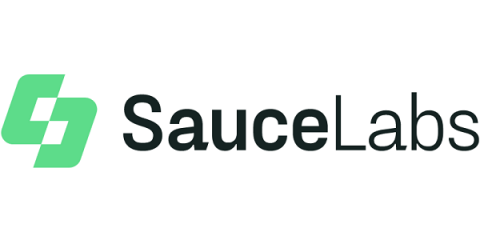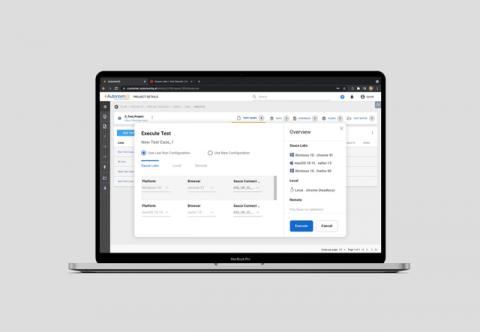100% Test Automation is Not a Good Goal
If you have ever seen the 1976 movie ‘All the President’s Men’ you may remember the phrase “follow the money.” The idea behind this is that political corruption could be exposed merely by looking at financial transfers between parties. In testing, I like to give a slight tweak on this phrase and say, ‘follow the revenue.’ What does this mean? Plainly, we should focus most of our testing efforts in the ways that we will see the most positive return.



